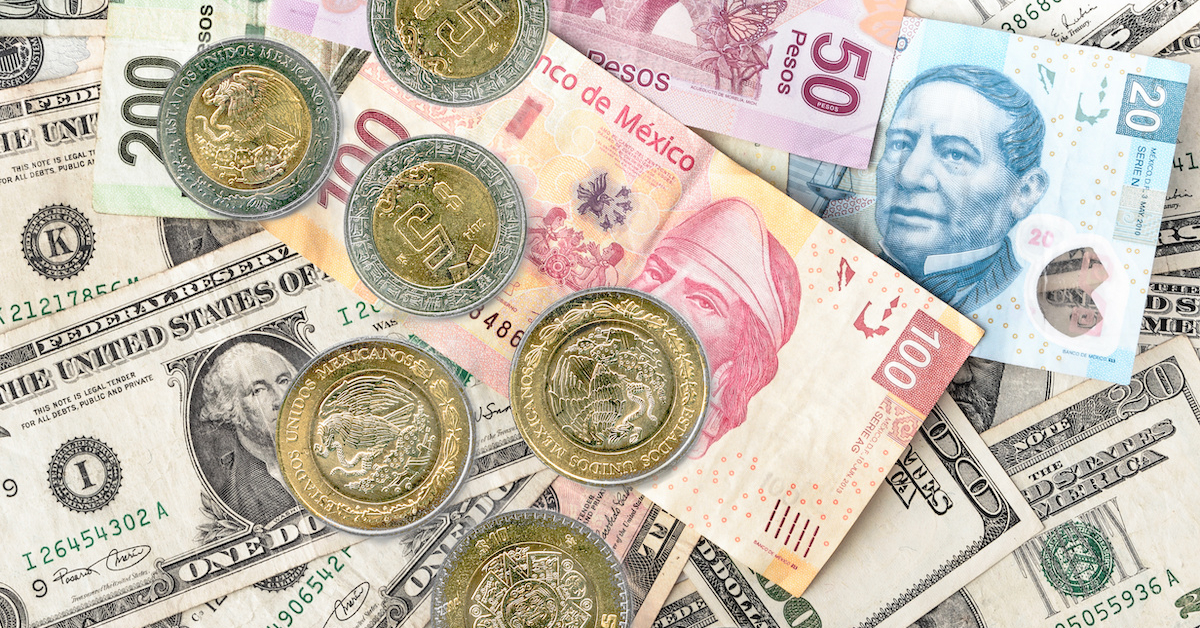The Mexican peso showed significant strength on Wednesday morning, advancing against the U.S. dollar following news that inflation in the United States had slowed its pace last month. This development has bolstered market expectations that the Federal Reserve (Fed) might cut its interest rates in September, providing a favorable outlook for the Mexican currency.
As of the latest data, the spot exchange rate stands at 18.8971 pesos per U.S. dollar, reflecting an improvement of 10.46 cents, or a 0.55 percent increase, from the official closing price of 19.0017 pesos recorded on . . .






